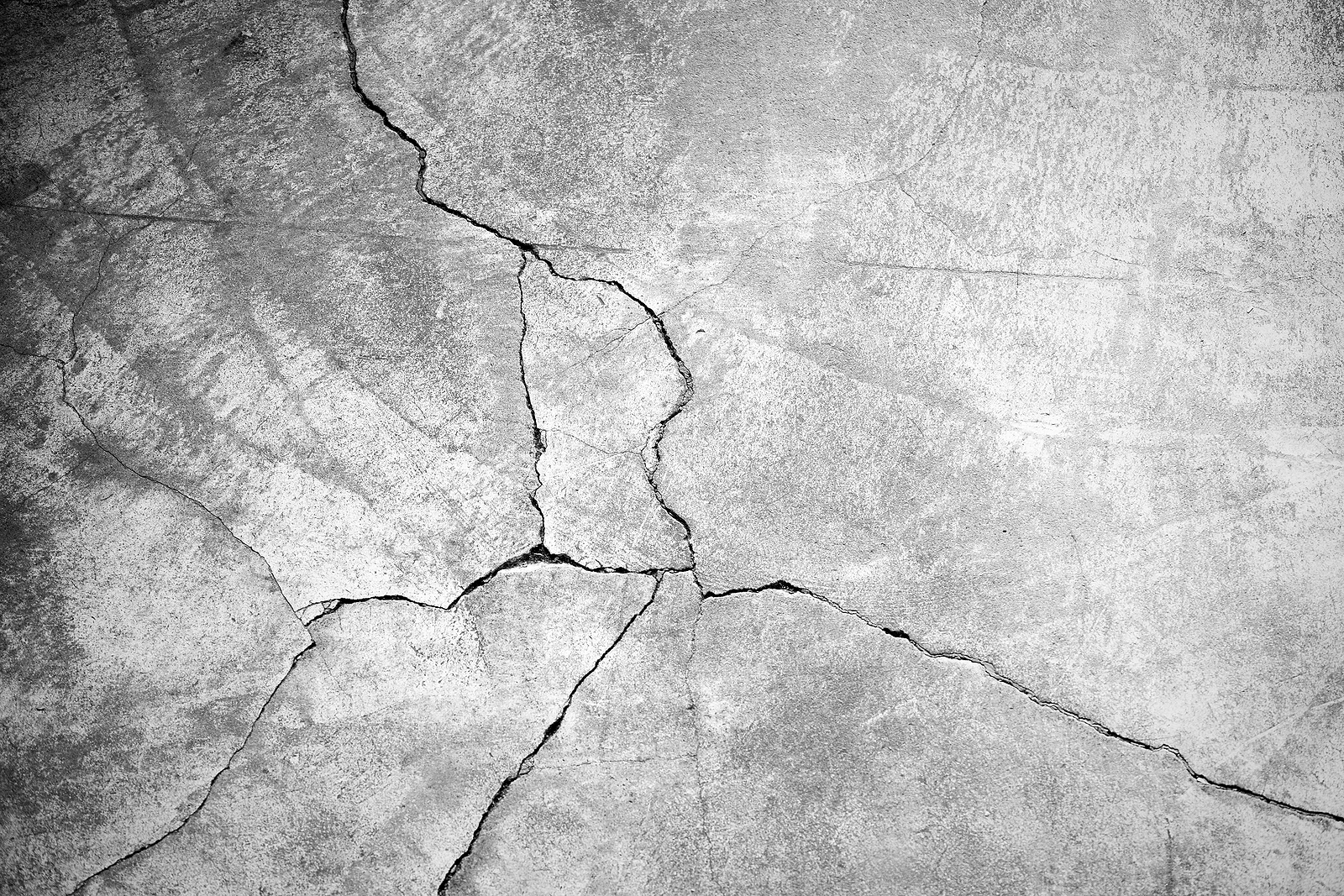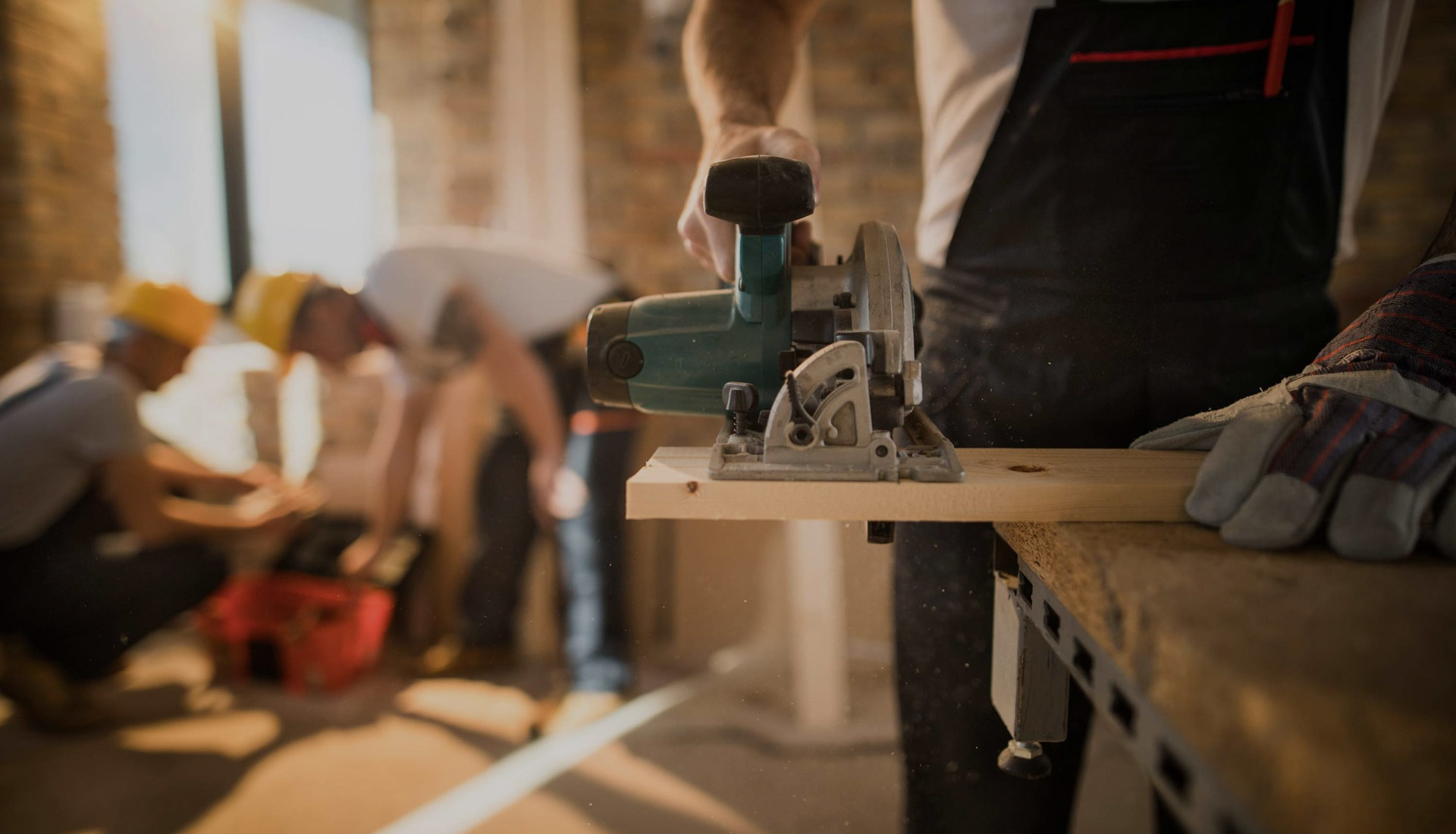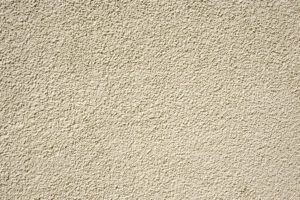
Why Stucco Is Cracking Around Windows and Doors
Stucco is one of the most recognizable exterior finishes. Its warm texture, coastal durability, and timeless Mediterranean look make it ideal for Bay Area homes and multi-unit buildings alike. But even the strongest stucco systems can develop cracks, particularly around windows and doors.
If you’ve started to notice hairline fractures or spreading fissures along window and door frames, don’t panic, but don’t ignore them, either. Cracked stucco is more than just cosmetic. It’s often a sign of deeper structural stress, water intrusion, or improper installation.
1. Understanding How Stucco Works
Stucco is a cement-based exterior coating made of Portland cement, sand, lime, and water. When applied correctly in multiple layers (typically a scratch coat, brown coat, and finish coat) it forms a durable, weather-resistant shell that protects the structure beneath.
However, stucco isn’t completely rigid. It expands and contracts with changes in temperature and humidity, much like concrete or plaster. Around windows and doors, where framing materials and substrates meet, these movements concentrate stress. Over time, the tension can cause visible cracks unless joints and flashing are properly installed.
2. The Most Common Causes of Stucco Cracking Around Openings
A. Structural Movement and Settlement
Even minor foundation settlement or seismic movement can shift wall framing just enough to stress the stucco. San Francisco’s hilly topography and older housing stock make this a frequent issue. When the frame flexes but the stucco shell cannot, cracks appear at the weakest points, which are typically corners of windows and door openings.
Warning signs:
- 45-degree diagonal cracks extending from window or door corners
- Wider cracks at the bottom of window sills
- Gaps between the stucco and trim or flashing
B. Thermal Expansion and Contraction
Stucco expands in the afternoon sun and contracts at night. If the installer didn’t include control joints (intentional gaps to absorb movement), thermal cycling leads to stress fractures. South- and west-facing walls in San Francisco’s sunnier neighborhoods such as Noe Valley or Potrero Hill are particularly prone to these temperature-related cracks.
C. Moisture Intrusion and Poor Flashing
Improper flashing around windows and doors is a major culprit. Flashing is meant to direct rainwater away from vulnerable joints, but when it’s missing, damaged, or incorrectly layered beneath the stucco, moisture can seep behind the finish. Trapped water causes the underlying sheathing to swell and rot, pushing outward until the stucco cracks or bulges.
Common installation errors:
- No weep screed or drainage plane
- Flashing tape applied over (instead of under) building paper
- Incomplete sealant around window flanges
- Missing head flashing or improperly sloped drip edge above windows
- Lack of back-wrapping or termination at window returns, allowing moisture to bypass weather barriers
- Nail penetrations through flashing that aren’t sealed or counter-flashed
- Overlapping metal flashing joints facing uphill, directing water behind the stucco instead of outward
D. Poor Stucco Mix or Application
If stucco is mixed with too much water or applied too thinly, it shrinks excessively as it cures. This “shrinkage cracking” usually appears within the first few months after installation. Inconsistent curing or skipping proper bonding between coats can also weaken the finish.
E. Incompatible Substrates or Improper Lath Attachment
Behind every stucco system is a wire mesh, or lath, that anchors the plaster to the structure. If the lath isn’t securely fastened or if dissimilar materials (like wood framing next to steel) expand at different rates, cracking and delamination occur at those seams.
3. Types of Stucco Cracks and What They Mean
Not all cracks are created equal. Understanding what you’re looking at helps determine whether repair or full replacement is needed.
| Crack Type | Width | Likely Cause | Recommended Action |
| Hairline (<1/16”) | Very fine, surface only | Normal curing, minor thermal movement | Seal and repaint; monitor annually |
| Map cracking | Web-like pattern | Over-troweling, poor curing | Surface refinishing |
| Diagonal cracking | 45-degree lines near openings | Structural movement or settling | Investigate framing; structural repair may be required |
| Horizontal cracking | Along control joints or base | Foundation movement, shear stress | Evaluate foundation and re-stucco |
| Bulging or delamination | Raised areas, hollow sound | Moisture behind stucco | Remove damaged section; re-lath and re-stucco |
When in doubt, schedule a professional stucco inspection in Marin County. Our technicians at Victor Construction & Engineering use moisture meters, visual surveys, and infrared imaging to locate hidden leaks or substrate damage before recommending repair options.
4. Why Cracks Around Windows and Doors Matter
Ignoring cracked stucco can lead to:
- Water Intrusion: Even small cracks allow rainwater and fog moisture to penetrate the wall cavity, leading to wood rot, mold, or rusting metal lath.
- Energy Loss: Air leaks through gaps, reducing insulation performance and raising heating costs.
- Aesthetic Decline: Cracked stucco diminishes curb appeal and can lower property value in San Francisco’s competitive housing market.
- Escalating Repairs: Left untreated, minor cracks can expand and eventually require complete re-stucco or wall reconstruction.
Early detection and targeted repair can save thousands in future restoration costs.
5. Professional Repair and Replacement Options
A. Crack Repair and Resealing
For superficial cracks, a high-quality elastomeric caulk or patching compound can restore flexibility and prevent water entry. After sealing, a color-matched elastomeric coating or stucco paint maintains uniform appearance and protects against future cracking.
Tip: Always clean the crack thoroughly and widen it slightly to allow filler penetration before sealing.
B. Partial Re-stucco or Patch Replacement
When the damage is localized but extends deeper than surface level, our crews carefully remove affected sections, inspect the underlying lath and sheathing, replace damaged materials, and re-apply new stucco in multiple coats. Texture and pigment are blended to match the existing façade.
C. Full Stucco Replacement
If cracks are widespread or moisture has compromised the substrate, full removal and replacement may be necessary. This process involves:
- Stripping old stucco down to the sheathing
- Replacing damaged framing or insulation
- Installing new weather barriers, flashing, and metal lath
- Applying three coats of new stucco with proper control joints
- Finishing with breathable, waterproof coating
Modern acrylic-modified stuccos and fiber-reinforced mixes offer better flexibility and crack resistance than older cement-only formulations.
6. Preventing Future Stucco Cracking
Hire Experienced San Francisco Stucco Contractors
Local expertise matters. Coastal fog, salt air, and seismic activity create unique stresses that generic contractors may overlook. Victor Construction & Engineering designs each stucco system for the Bay Area’s microclimates.
Use Proper Expansion Joints
Control joints should be placed every 10–18 feet horizontally and at each change in wall plane or material type. Around windows and doors, joints help absorb movement and prevent corner cracking.
Maintain Sealants and Paint Coatings
Inspect caulking around windows and doors annually, especially before the rainy season. Replace cracked or peeling sealant promptly. A high-quality elastomeric coating repels water while allowing vapor to escape, which is critical for San Francisco’s damp winters.
Ensure Adequate Drainage
Clogged gutters and downspouts direct water onto stucco walls, accelerating deterioration. Keep drainage systems clear and direct runoff away from building foundations.
Monitor Structural Shifts
If you notice new diagonal cracks or doors that stick, call a foundation company in Marin County to assess foundation settlement or framing movement before resurfacing.
7. Why Choose Victor Construction & Engineering
With decades of experience in stucco repair, replacement, and installation throughout San Francisco, our licensed team delivers lasting craftsmanship tailored to local building codes and environmental conditions.
Our services include:
- Comprehensive stucco inspection and moisture testing
- Crack sealing and patch repair
- Re-stucco and resurfacing for residential and commercial buildings
- Window and door flashing repair or replacement
- Acrylic and traditional cement-based stucco systems
- Earthquake-resistant lath and mesh reinforcement
- Painting, waterproofing, and color matching
We use only premium materials from trusted manufacturers and follow ASTM C926 and C1063 standards for cement plaster application. Whether your home is a classic Edwardian in the Richmond District or a modern condo in SOMA, we bring meticulous attention to detail to every project.
8. Frequently Asked Questions
Q: Can I just paint over stucco cracks?
A: Painting alone won’t fix cracks. Hairline cracks may disappear temporarily, but water can still seep underneath. Always fill cracks with flexible sealant before repainting.
Q: How long should stucco last before it needs replacement?
A: Properly installed stucco can last 50–80 years. However, poor flashing or neglected cracks can cut that lifespan in half. Routine inspections every few years are key.
Q: What’s the best season for stucco repair in San Francisco?
A: Spring through early fall provides the most consistent drying conditions. However, our crews use moisture-controlled methods that allow safe repairs year-round.
Q: How do I know if water is trapped behind my stucco?
A: Signs include dark stains, efflorescence (white powdery residue), bubbling paint, or a hollow sound when tapped. Professional moisture testing confirms the issue.
9. Get Expert Stucco Repair in San Francisco
Cracking around windows and doors isn’t just a surface issue; it’s your home’s way of warning you that something needs attention. Whether it’s structural movement, moisture intrusion, or simple wear over time, Victor Construction & Engineering provides reliable diagnostics and repair to restore your stucco’s integrity and appearance.
Call 415-472-9144 or fill out our online contact form to schedule a free stucco inspection and quote today.
Protect your property investment with professional, code-compliant stucco repair that stands up to San Francisco’s unique climate.





